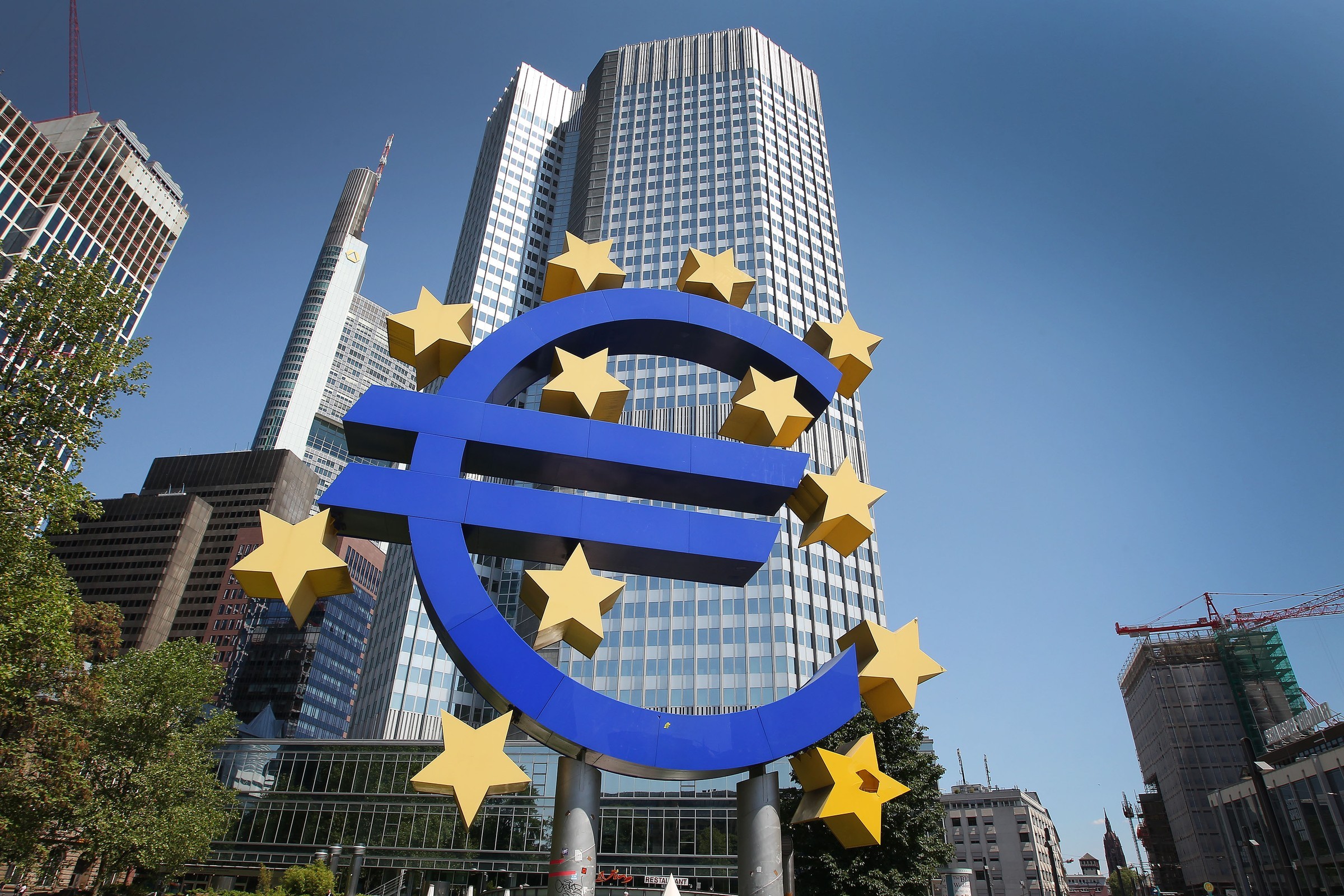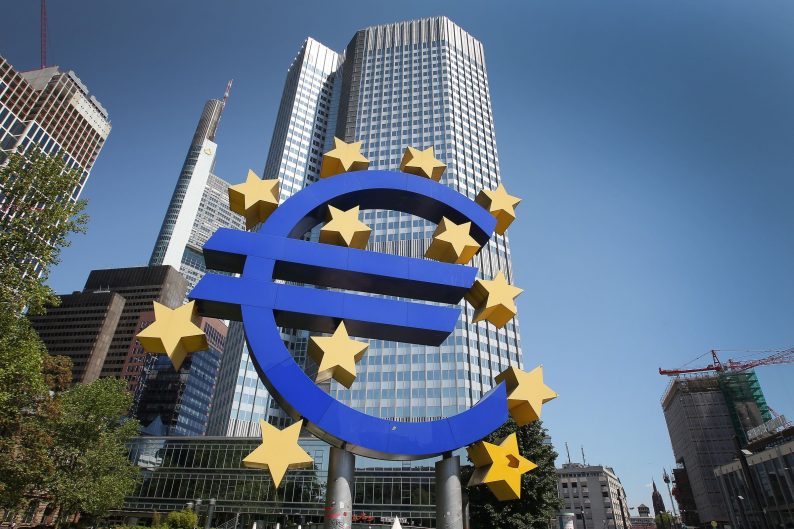The recovery in the Eurozone has been helped by the injection of cash into European markets via the European Central Bank’s “Quantitative Easing” activities. In short, the ECB has created electronic cash which financial institutions use to buy bonds on behalf of the bank. For these services, the financial institutions earn commissions which they can then use in loans to businesses, improving the money supply. The ECB earns interest on the assets that are purchased on its behalf and by targeting the purchase of long-term sovereign bonds, the interest nations within the Eurozone pay to finance their activities can also be minimized. It is a stratagem which is not without risk.

The ECB started what it refers to asset purchase programme in March 2015. It was due to run until September 2016 but was always open-ended. The scheme saw the monthly purchase of assets worth €60 billion and an aim of the project was to move inflation upwards towards the bank’s 2% target.
The ECB President, Mario Draghi, has just announced that the scheme will be reduced from January 2018 to halve the monthly asset purchase to €30 billion. The scheme is to continue until September 2018, at the earliest, but may well continue beyond that date if deemed necessary. Few people imagine that the scheme will be brought to an abrupt end but will see the gradual tapering of the asset purchase amount in much the same way as the Federal Reserve did. This stance was confirmed by Mr. Draghi.
Draghi announced that the ECB interest rate would remain unchanged, at 0% with a levy of -0.4% on deposits.
The latest reading for inflation in the Eurozone, September, shows it to be below target at 1.5%. The bank has managed a long-term average inflation figure of 1.99% (1991-2017) with the lowest inflation (deflation) of -0.7% seen in July 2009 and a record high of 5% in July of 1991.









Leave A Comment